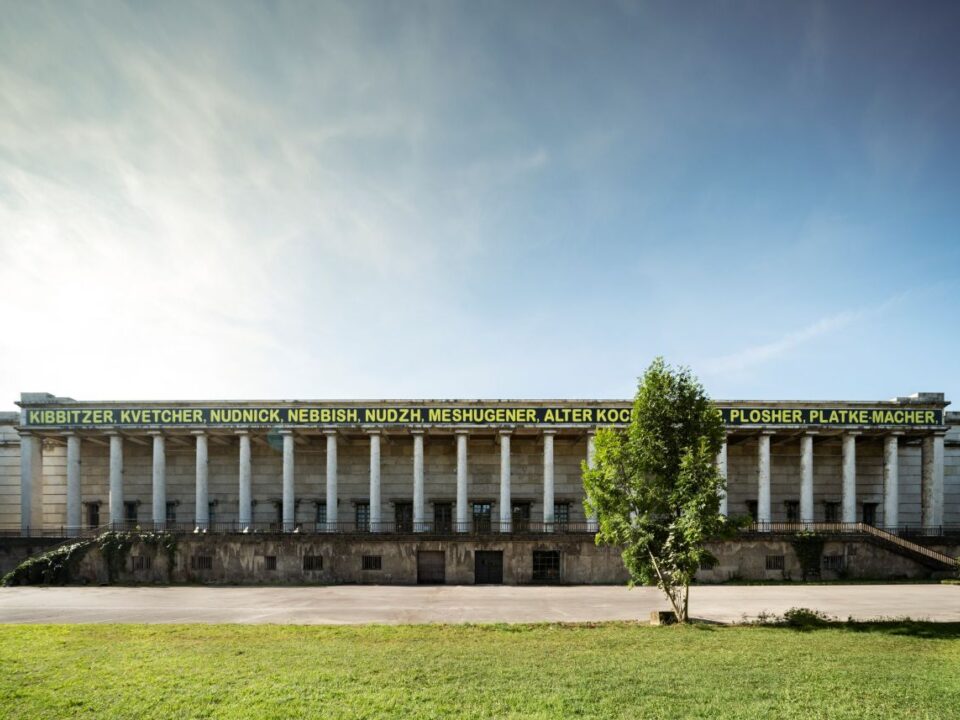History
Opened in 1937 as “Haus der Deutschen Kunst” (House of German Art), the building was one of the first architectural showcase projects of the Nazi regime and a central venue for art policy and propaganda. Nazi art policy was not only a power apparatus for eliminating an undesirable modernism; it was essentially based on racist thinking and constructions of exclusion and affiliation.
After World War II, the building was initially used by the American Army as an officers' mess. The very first art exhibitions, starting in 1946, shaped the profile of the building as a place for formerly ostracized modernism. This form of “reparation” was widely perceived, but it also reflected the desire of postwar German society to keep the Nazi past at a distance in many cases.
Since then, Haus der Kunst has transformed itself into an international center for modern art exhibitions and is now a globally active museum for contemporary art. This development also includes the questioning of architecture and heritage. Artists who exhibit at Haus der Kunst actively intervene in this process of inquiry.
